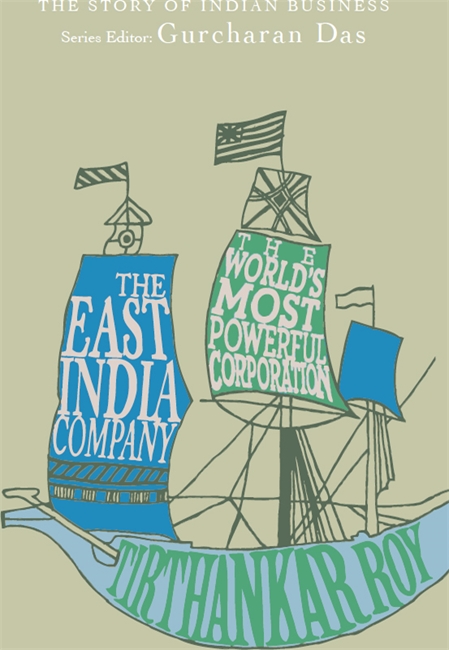
This groundbreaking study examines how the East India Company founded an empire in India at the same time it started losing ground in business. For over 200 years, the Company’s vast business network had spanned Persia, India, China, Indonesia and North America. But in the late 1700s, its career took a dramatic turn, and it ended up being an empire builder.
In this fascinating account, Tirthankar Roy reveals how the Company’s trade with India changed it-and how the Company changed Indian business. Fitting together many pieces of a vast jigsaw puzzle, the book explores how politics meshed so closely with the conduct of business then, and what that tells us about doing business now.
‘One of the first major attempts to tell the company’s story from an Indian business perspective’-Financial Express
Imprint: India Portfolio
Published: Jan/2016
ISBN: 9780143426172
Length : 268 Pages
MRP : ₹299.00
Kama: The Riddle of Desire by Gurcharan Das is a fascinating account of love and desire that sheds new light on love, marriage, family, adultery and jealousy. The book weaves a compelling narrative soaked in philosophical, historical and literary ideas while talking about Kama optimists, pessimists and realists. But how are these characterised? Let’s find out in […]
